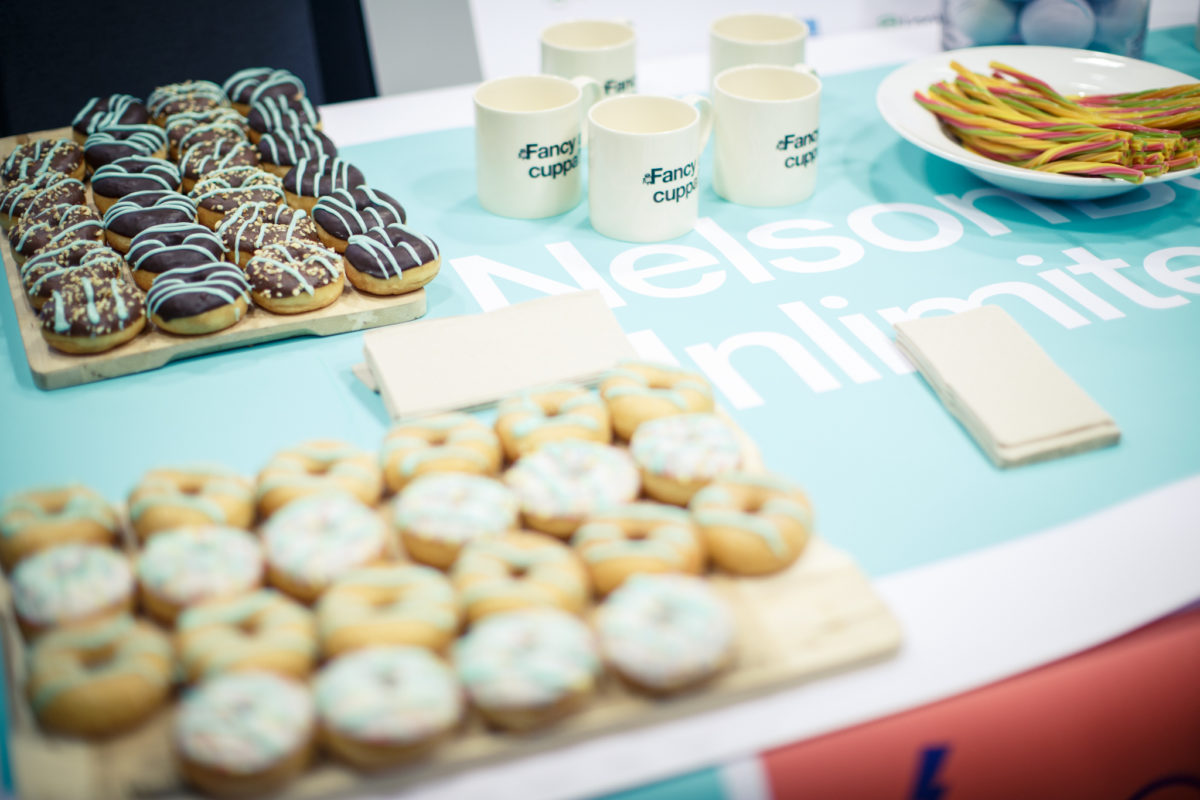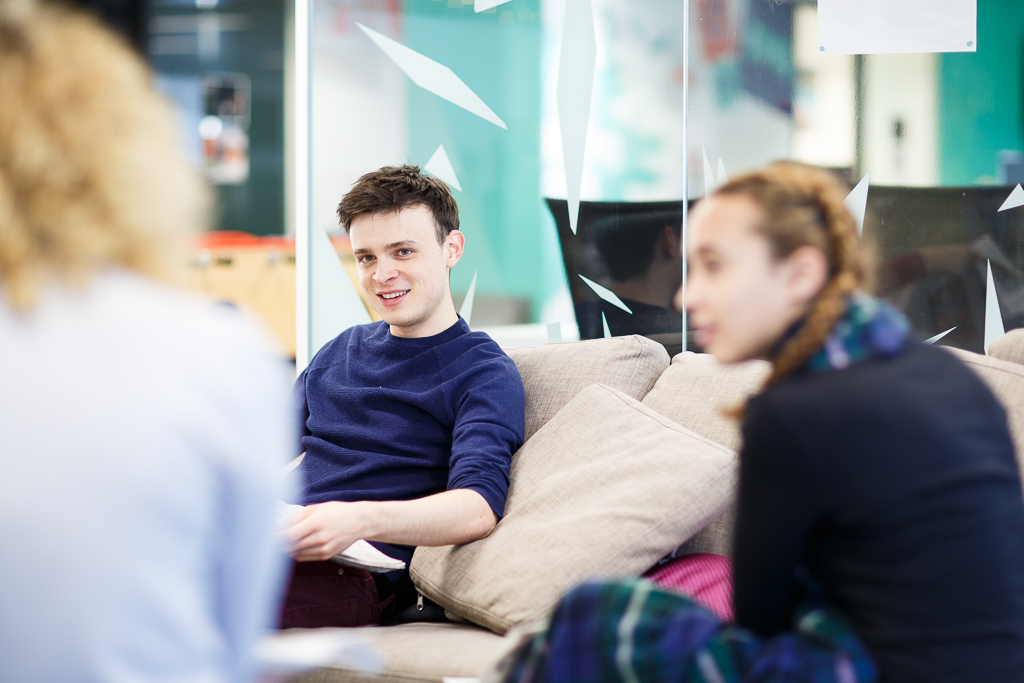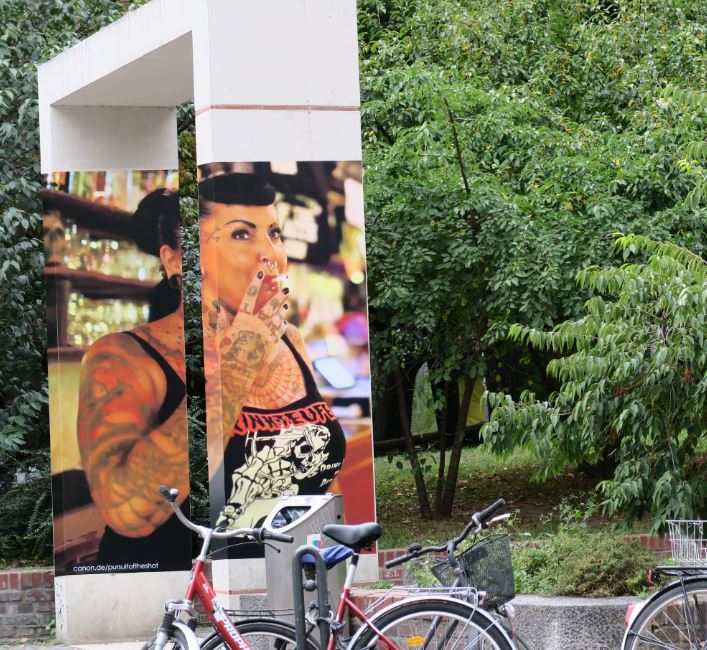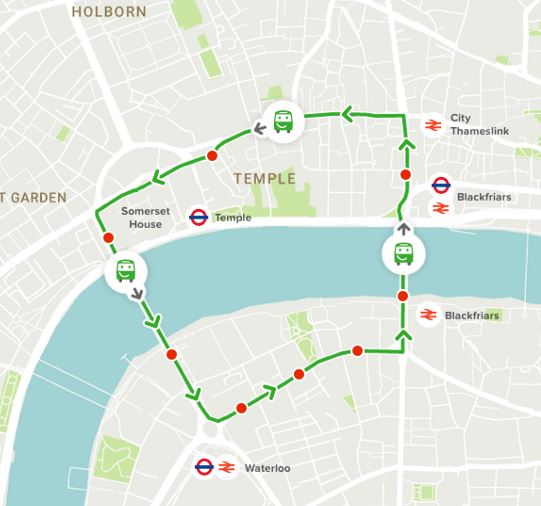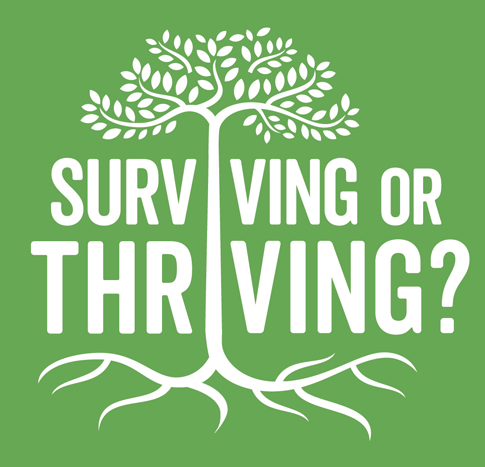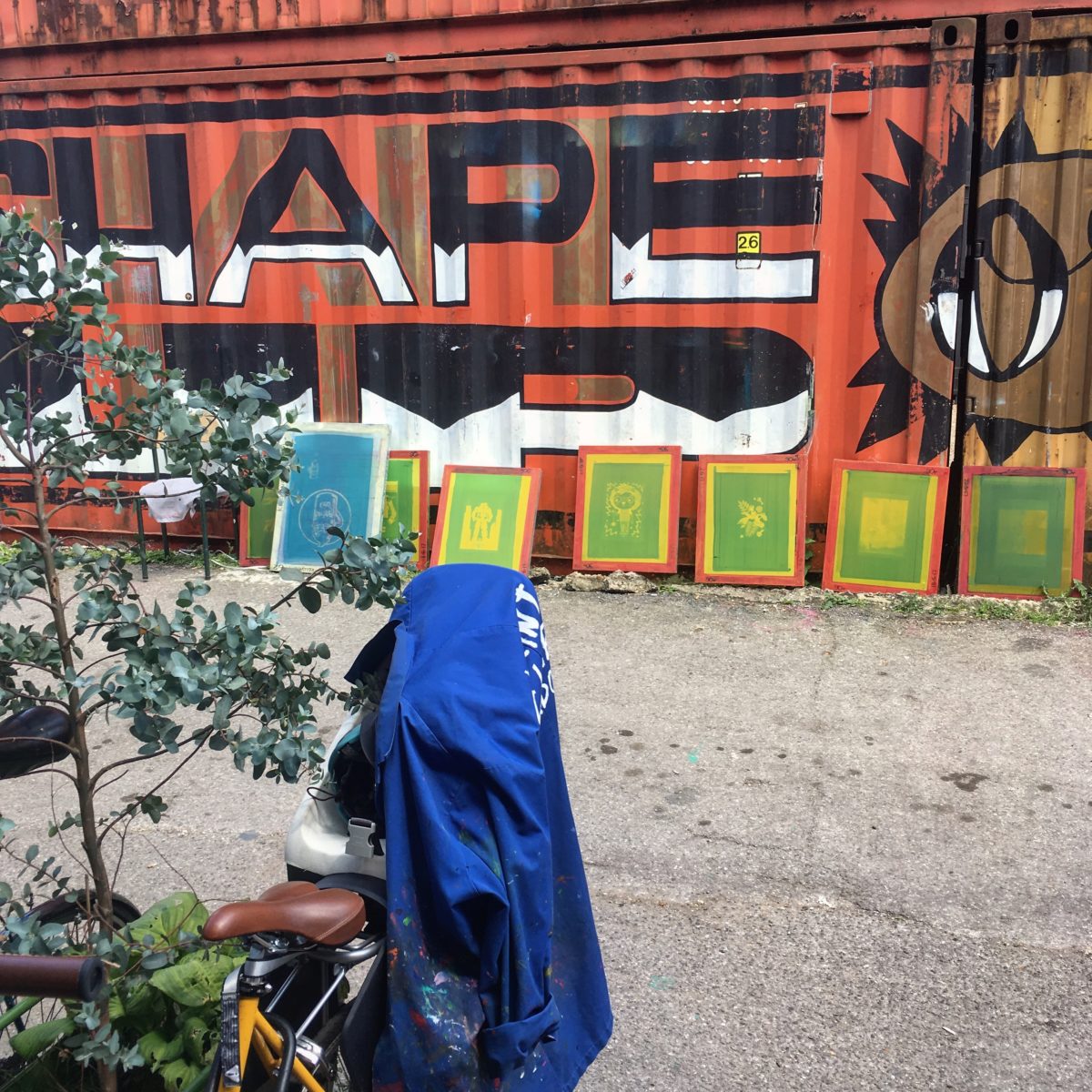17.04.17, by Tim Lines, Associate Director
Productivity is a utopia we’re all striving for. Sometimes that means working harder. However, it’s often a question of working smarter. Or, working in a different way. I recently spoke with B2B Marketing about and some of my tips and tricks. While there is no single answer to boosting team productivity, there are some golden rules you must follow. This is especially true in the world of B2B marketing where the challenge can be… a little more challenging!
“UNDERSTAND YOUR CLIENT AND CHALLENGE”
Productivity plummets when teams don’t understand the challenge at hand. It means they can’t impose themselves. In B2B, we’re delivering a complicated message to a sophisticated, professional audience at different places along a lengthy customer journey. That’s why every piece of planning and every campaign that we deliver is steeped in insights. Productivity can’t exist without knowledge, understanding and research. Therefore, you must invest the time upfront. This will help your team not to waste time, or pull themselves in the wrong direction.
“LEARNING NEVER STOPS”
Productive teams are hungry to learn. Our world is always changing and we – as marketers, communicators and consultants – need to learn and share. This value is baked into the culture of the agency. That’s why we invest in training and development. That’s why we give people the opportunity to develop themselves and their own projects. It’s an investment but we believe we’re only as good as our people.
“REMEMBER TO SAY WELL DONE”
Remember to take the time to say “thank you” and “well done.” Yes, it might sound corny, but it works. It can celebrate a win and build a sense of togetherness. You can recognise a job well-done in a hundred different ways. Unexpected surprises – like breakfasts, pizza lunches or sweets and doughnuts – are always popular.
“CULTURE, CULTURE, CULTURE”
All the tips in the world are completely useless without a culture that values people, teamwork and delivering the very best campaigns. In 2017, PRWeek recognised NBU as one of the industry’s best places to work thanks to our agency’s culture. Our culture attracts brilliant people and exciting clients. An award-winning culture makes us special, and productivity is a clear benefit.


